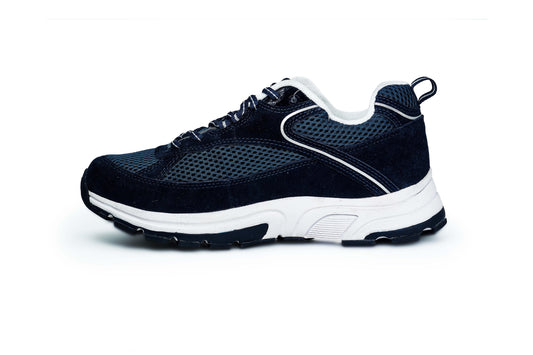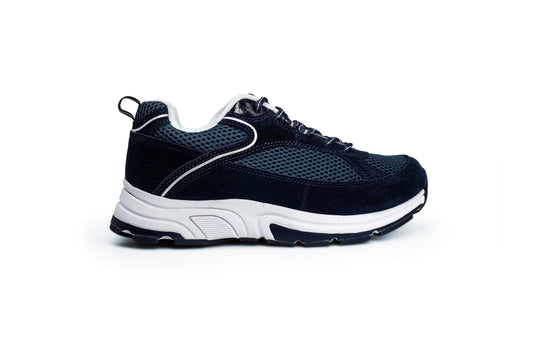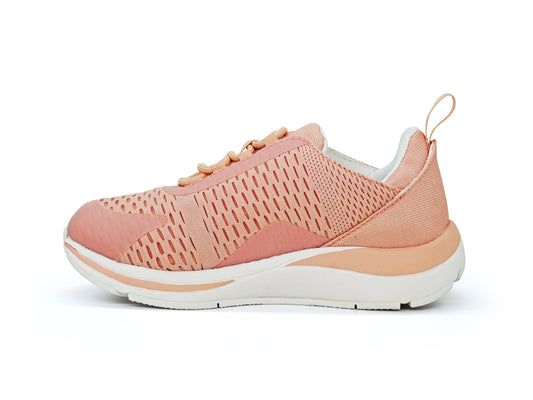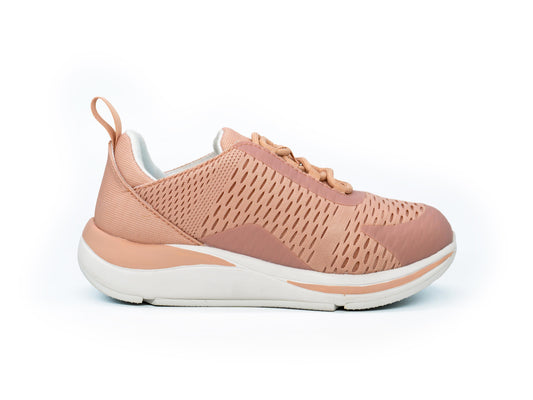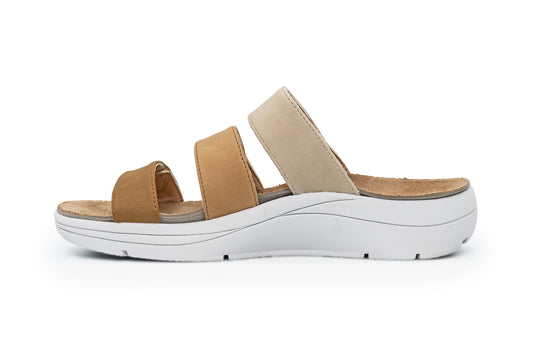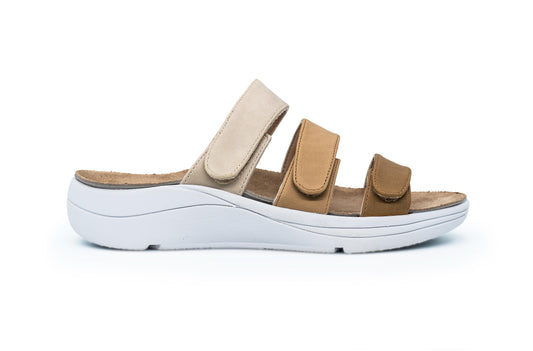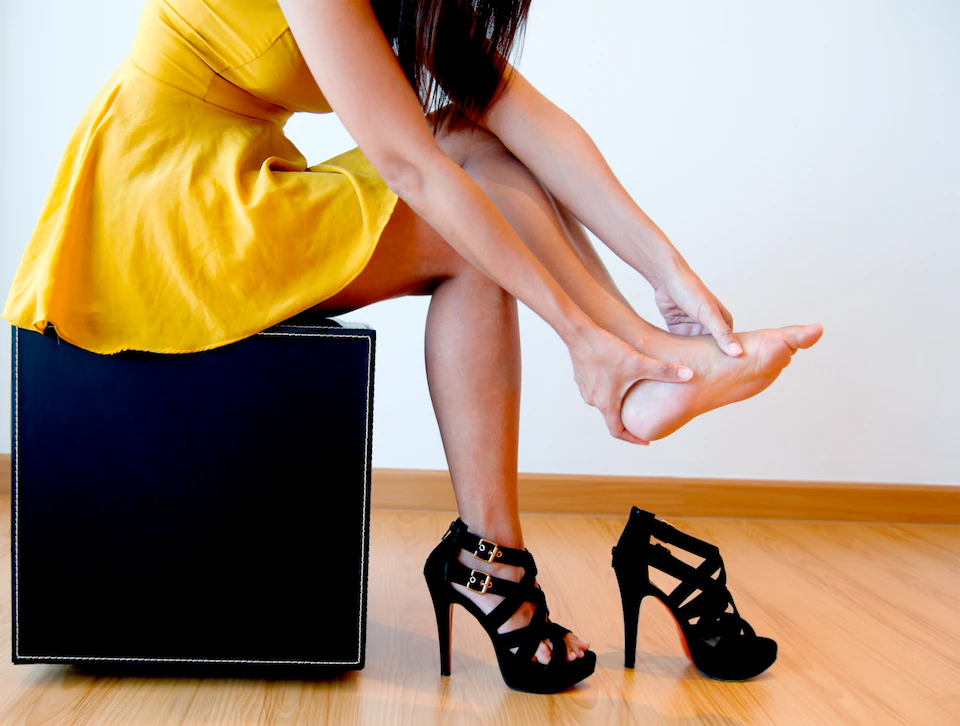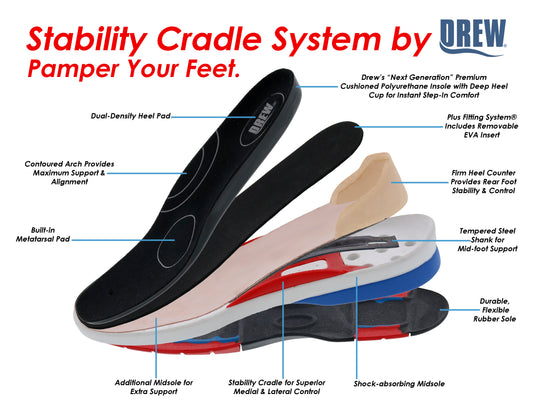TRANSITIONING FROM HEELS TO ORTHOPEDIC SHOES: TIPS FOR COMFORT
Marilyn Monroe correctly said that women owe a lot to the one who invented high heels, but a stunning look is not all that high heels provide. They have a whole different side hiding beneath the excruciating pain. Originally meant for men, high heels slowly paved their way into the feet of the other gender and were crowned as impeccable fashion footwear that can never go wrong. But times have turned, and they inflict serious hazards as they add feathers to your outfit.
High heels have been the epitome of fashion, style, and confidence for a long time. Women wear heels for various occasions: to elongate their legs, improve their posture, or simply to make a fashion statement. However, as stylish as they may be, high heels are notoriously hard on the feet, leading to a variety of foot-related issues such as pain, calluses, bunions, and even long-term conditions like arthritis or nerve damage. As a result, many people are switching from high heels to more comfortable shoes, such as orthopedic shoes. Orthopedic shoes, with their ability to provide more support to the arch, cushioning, and proper alignment, can significantly be more comfortable for the foot and health.
However, the switch from heels to orthopedic shoes is rarely as easy as changing one's shoes. Some time is needed to become accustomed to their new shape, both physically and psychologically. If you are indeed changing, read on to get several tips on how to ease the transition so you end up with optimal comfort in your new orthopedic shoe.
Gradual transition
One of the most important tips when changing from heels to orthopedic shoes is to do it gradually. Your feet and body have become accustomed to the height and structure of high heels, so switching directly to flat or lower-heeled orthopedic shoes may cause discomfort at first. The muscles in your legs, ankles, and feet may need time to adjust to a different posture and walking gait.
Start by wearing your orthopedic shoes for shorter periods and gradually increase the duration. You can start flipping between your heels and orthopedic shoes, gradually giving your feet a break. In this way, you would not shock your body with too much change at once, minimizing the potential for soreness or injury.
Choose the right orthopedic shoes
Not all orthopedic shoes are exactly alike. There is a great need to find that perfect pair which will suit your specific feet requirement or your preference. Orthopedic shoes come in various styles, materials, and fits so always take time to find one that not only supports your feet but also looks good.
Look for shoes with cushioned insoles, arch support, and a wide toe box for all-day comfort. Adjustable straps or laces on shoes can also help in creating a customized fit. Remember, comfort is your priority. If a pair of shoes does not feel right when you try them on, forget about it and look for another style or brand.
Consider insoles for added comfort
If you have shoes that you just love but are not orthopedic, you can try adding custom or over-the-counter insoles. Insoles help redistribute pressure on the feet, relieve pain, and improve overall posture. Different foot conditions are catered to by different insoles, such as flat feet, high arches, and plantar fasciitis; therefore, having the right pair can make all the difference in daily comfort.
Insoles can be used as a transition for moving from heels to orthopedic shoes. If you're not ready to say goodbye to high heels, you might think about putting the orthopedic insoles inside your heeled shoes to have the feel of having a little bit of support in your feet. Over time, as you feel comfortable enough, you may transfer to those supportive shoes with little or no extra insoles at all.
Pay attention to fit

A proper fit is crucial in any type of footwear, but it becomes even more important when transitioning from high heels to orthopedic shoes. A poorly fitted shoe, whether too tight or too loose, can lead to blisters, calluses, or foot pain. It’s vital to try on your shoes at the end of the day when your feet are naturally more swollen to get the most accurate fit.
So look for a shoe with features such as velcro straps or laces that enable the most customization. Orthopedic shoes also come in different widths, so ensure you select the correct width for your feet. Try shoes on and make sure there's a little space (about a half-inch) between your longest toe and the end of the shoe, and that the heel of the shoe comfortably holds your foot in place without rubbing or slipping.
Strengthen your feet and legs

You may experience weakness or soreness in your feet and legs during the first few days of switching from high heels to orthopedic shoes, especially if you've worn heels for many years. This can be alleviated with some foot and leg strengthening exercises. Simple stretches, foot massages, and toe exercises will increase flexibility and strength in your feet.
Exercises such as toe curls, arch lifts, and calf raises can help improve muscle tone and stability. Yoga and Pilates are also excellent in improving flexibility and posture, thus reducing discomfort as the body adapts to the change.
In conclusion, moving from heels to orthopedic shoes does not necessarily have to be an uncomfortable process. Making a gradual change, selecting the right shoes, paying attention to fit, strengthening your feet, and taking care of your feet will give you the benefit of orthopedic shoes without sacrificing comfort or style. Your feet will thank you in the long run, and your body will feel the difference as you prioritize health and comfort over fleeting fashion trends.
Take the Next Step Towards Comfort and Care
Discover the perfect balance of support, style, and expert guidance for your feet. Explore our collection of orthopedic and diabetic shoes designed to keep you moving with ease.
Start your journey to happy, healthy feet today!
Visit us at DiabeticShoe for more tips, insights, and footwear solutions.
Stay Connected:
Follow us on Facebook, Instagram, YouTube, LinkedIn, Twitter, Pinterest, and Quora for updates, advice, and more informative content.

